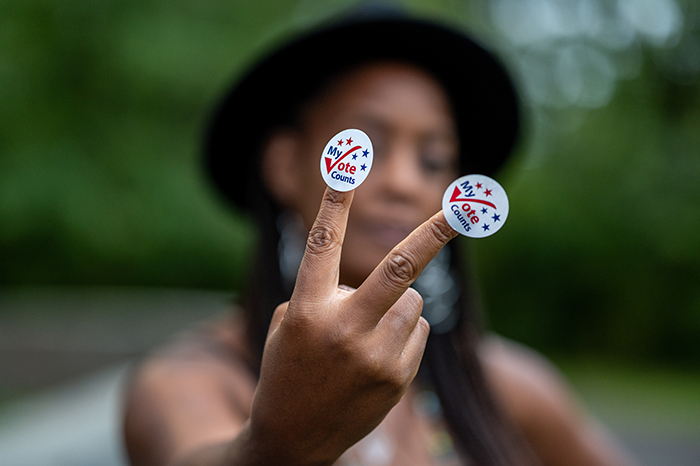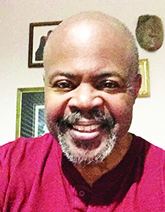
Building the Black vote for 2022 starts now!

By Cash Michaels

The NC Democratic Party has new top leadership in the person of former state Rep. Bobbie Richardson of Franklin County, the first Black woman ever to hold that post. Richardson’s work is certainly cut out for her, given that the 2022 midterm elections are right around the corner, and given the mixed results for Democrats in November 2020 general election statewide, observers say mistakes made then cannot be repeated now.
Even though Black voter turnout actually went up 4% in the November election from the 2016 election, voting by Black youth ages 18-25 was nowhere as dramatic. In fact, according to William Munn, a senior policy analyst with the Health Advocacy Project at the North Carolina Justice Center.
“In an election that a lot of people billed as a transformational one — and one where we broke all types of turnout (records) — it is up everywhere," Munn says "But in terms of African American voters who are younger, it's just a significant drop off.”
In fact, a 12-point drop-off since 2012, Munn adds.
Part of the reason is the failure of evidence for Black young people, the voting actually helps to change their immediate circumstances when it comes to improving opportunities to better themselves.
Another reason is simply not feeling part of the political process.
Couple that with the fact that the Democrats get-out-the-vote (GOTV) efforts, particularly in rural areas of North Carolina, were woefully weak compared to the Republican Party, which maintained control of the NC General Assembly, and won several top judicial seats on the state Supreme and Appellate courts.
In fact, there are rural areas of the state, like Lumberton County, where Blacks no longer vote Democrat, but now Republican. They have become more conservative in their views and values.
So, what can be done to better mobilize the Black vote in North Carolina for 2022 and beyond?
The coronavirus pandemic hindered much of the Democratic GOTV efforts for 2020, resulting in Republicans being able to deliver more of their voters to the polls by Election Day. Voter registration was also hindered.
Observers say while the states are different, lessons can be learned from Georgia, and the massive success community leaders there like Stacey Abrams had in consolidating and mobilizing the Black vote to elect the first African American and Jewish U.S. senators in the state’s history last January.
First lesson - legally challenge any barriers to voting the state puts up that constitutionally cripples the right to vote. Stacey Abrams was able to file suit and win a federal consent decree that eliminated such barriers the state of Georgia implemented to suppress the Black vote.
Second lesson - make sure that as many people who can register to vote, are.
Thousands of people who had been previously purged from the voting roll were re-registered, in addition to those who had not been registered before.
Third lesson - Building close relationships with voters in communities, talking with them about their hopes, dreams, and policy concerns. Making sure they know that they are being listened to. Hiring people within communities to do the work and, connect with others when needed.
Other factors certainly lean towards what more can be done to improve Black voter turnout numbers for the 2022 midterm elections. But with Democrats holding a majority in the US Senate by a razor’s edge, and by virtually a few in the U.S. House, Democrats can ill-afford to wait for the pandemic to totally blow over.
They will have to do the things they did not do during the 2020 election, staring now.


